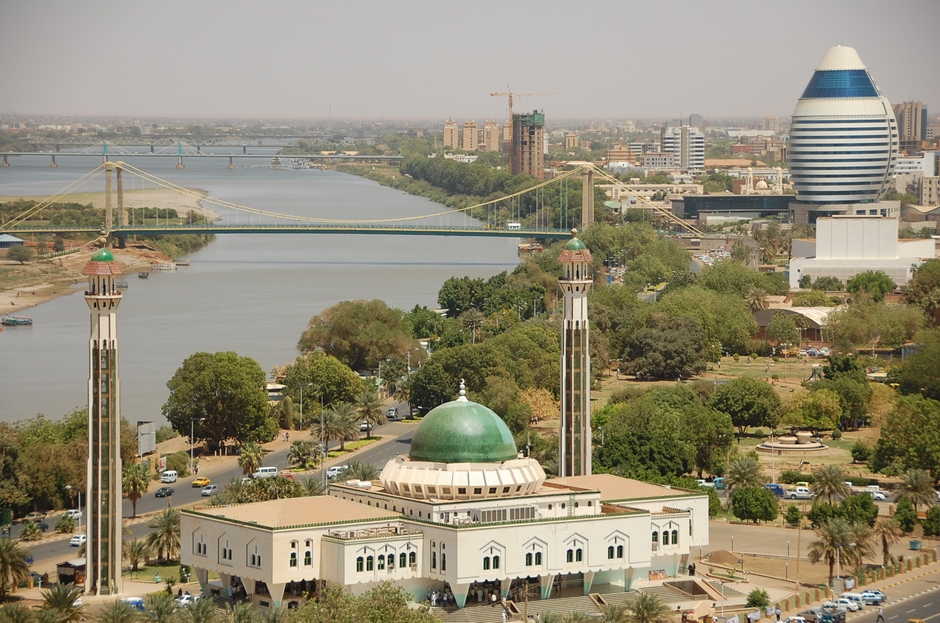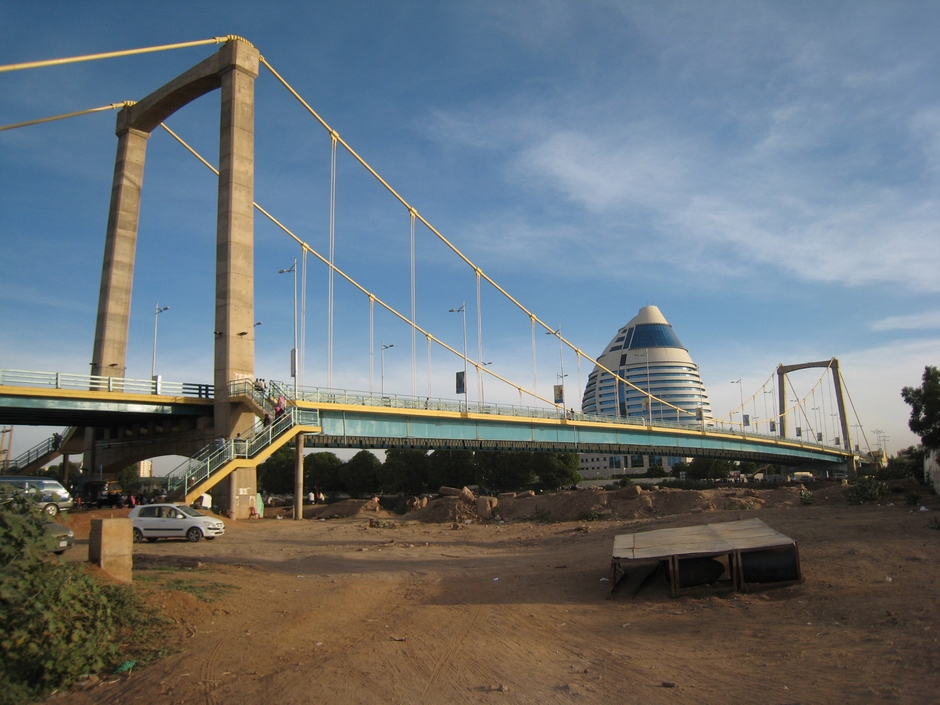Reference Project
Construction Engineering
Site Services
Khartoum, the capital of Sudan, is situated in a unique location surrounding the confluence of the Blue Nile and White Nile. Tuti Island is located directly within this confluence, in a prime position in the heart of the city. It was presently used principally as farm land, with some village housing, and had been identified as an area with considerable development potential. There were no fixed links to the island, access currently being by ferry. Tuti Bridge provided the first road to it, as well as forming a component of the strategic road network planned for the city.

The bridge crosses the Blue Nile at a point where it is around 200m wide. The river is fast flowing with large seasonal variations in level, and construction within it can be hazardous. In keeping with its location on a prime site in the centre of the city, the Sudan Government wanted the crossing to be a signature bridge. Tuti Bridge was therefore designed as an elegant, modern suspension bridge with a main span of 210 metres, which both provides the desired signature structure and avoids construction within the river.
The suspension bridge deck is of steel/concrete composite construction, with a reinforced concrete slab spanning longitudinally between transverse plate girders, which themselves span 16 metres between longitudinal plate girders. The longitudinal members are attached to the two main suspension cables, each of which comprises nineteen 70mm diameter galvanised steel spiral strands. The substructure is reinforced concrete, supported on bored pile foundations which penetrate into the underlying Nubian Formation. The large horizontal forces which are applied to the suspension cable anchorages are resisted by vertical and raking piles, using a combination of axial load and bending.
The principal challenge in the design of this bridge was to provide an economical structure, capable of being constructed using materials and methods suited to the Khartoum region. Particular attention was therefore been given to developing simple structural solutions and components, using where possible materials which could be easily obtained locally. In addition a construction method was developed which could be undertaken using locally available equipment and techniques.


